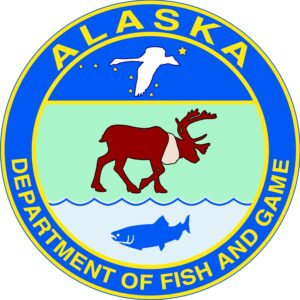
The Alaska Bycatch Review Task Force, created last November by Gov. Mike Dunleavy, is preparing to submit its final recommendations to the governor next month.
One draft recommendation on the table for the task force would put a firm numerical cap on chum salmon bycatch by the Pollock trawlers in the Bering Sea.
Last year alone, the Bering Sea Pollock fishery took 540,000 chums as bycatch, as well as halibut, crab and other species.
Salmon runs have been so low on the Yukon and Kuskokwim rivers that the Alaska Department of Fish and Game (ADF&G) hasn’t allowed residents of these river villages even a salmon subsistence fishery, a fishery critical to their food supply and cultural heritage.
The recommended cap on chum salmon taken as bycatch is a phased-in one, as any cap must be science based.
Julie Bonney, executive director of the Alaska Groundfish Data Bank in Kodiak, testified before the task force on behalf of groundfish harvesters. She said that while she is sympathetic about what is happening in the Bering Sea with salmon and subsistence, she is also concerned about her own community, where about 60% of the seafood crossing the docks is trawl-caught.
The Bycatch Review Task Force is also considering the option of enhanced science for several potential threats to these salmon fisheries, including prolonged heat waves
ADF&G Commissioner Doug Vincent-Lang who serves on the task force, said that any effective chum bycatch cap depends on better information about fish genetics. He said he doesn’t really care that much if chums being caught as bycatch are of Asian origin.
Lack of accurate information is one reason what the federal fisheries council has so far declined to establish a chum bycatch cap, he told the task force during its recent meeting in Anchorage.
Some three billion hatchery chum, including many from Asia, are released annually into the North Pacific Ocean. Some harvesters, processors and fisheries scientists have said that it is likely too many fish for the depleting food available to them in the ocean.
A federal study published in 2018 took into account all hatchery salmon in the North Pacific Ocean, finding that about 60% of those fish between 1990 and 2015 were of hatchery origin, with Japanese hatcheries being the dominant ones.
